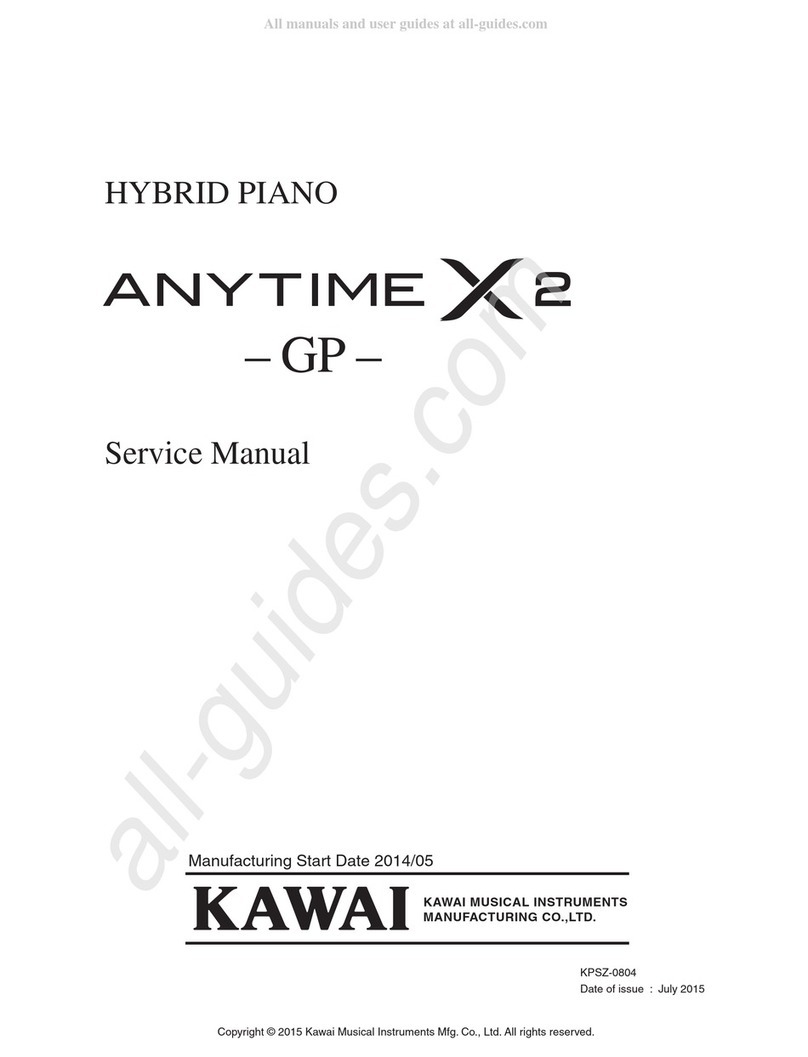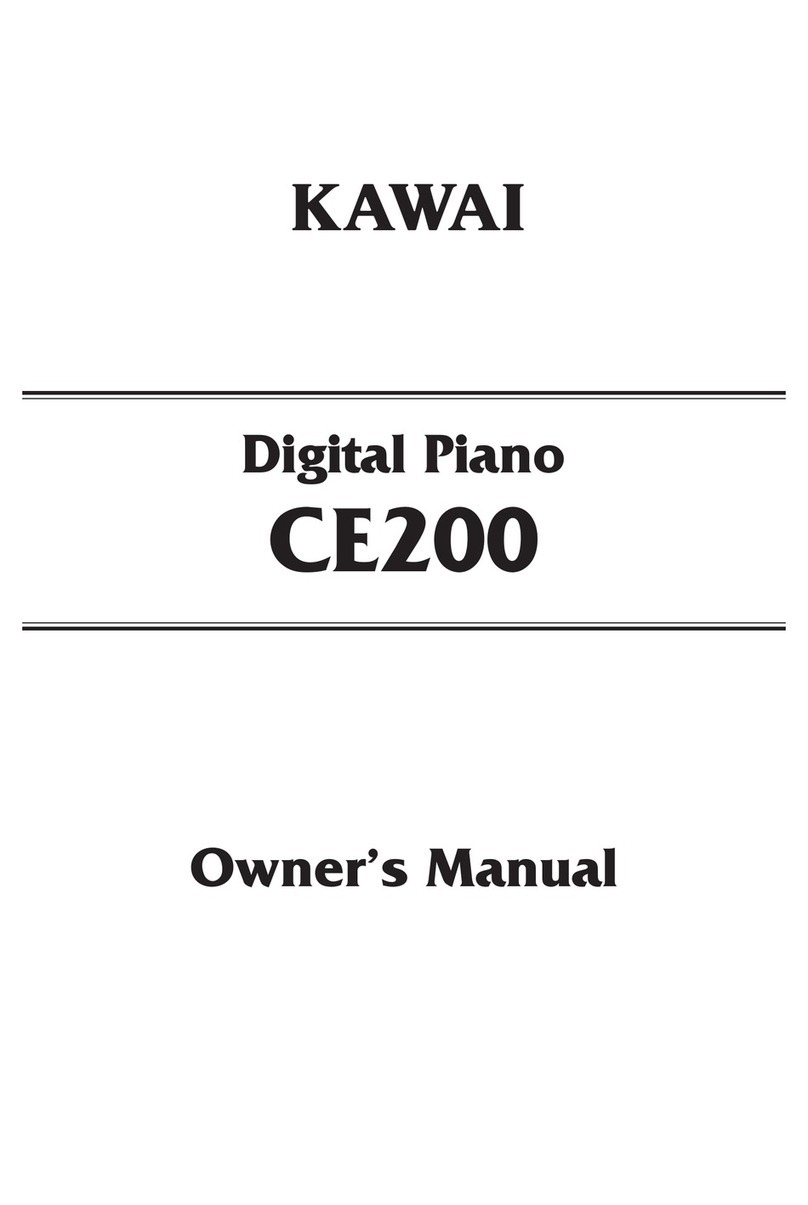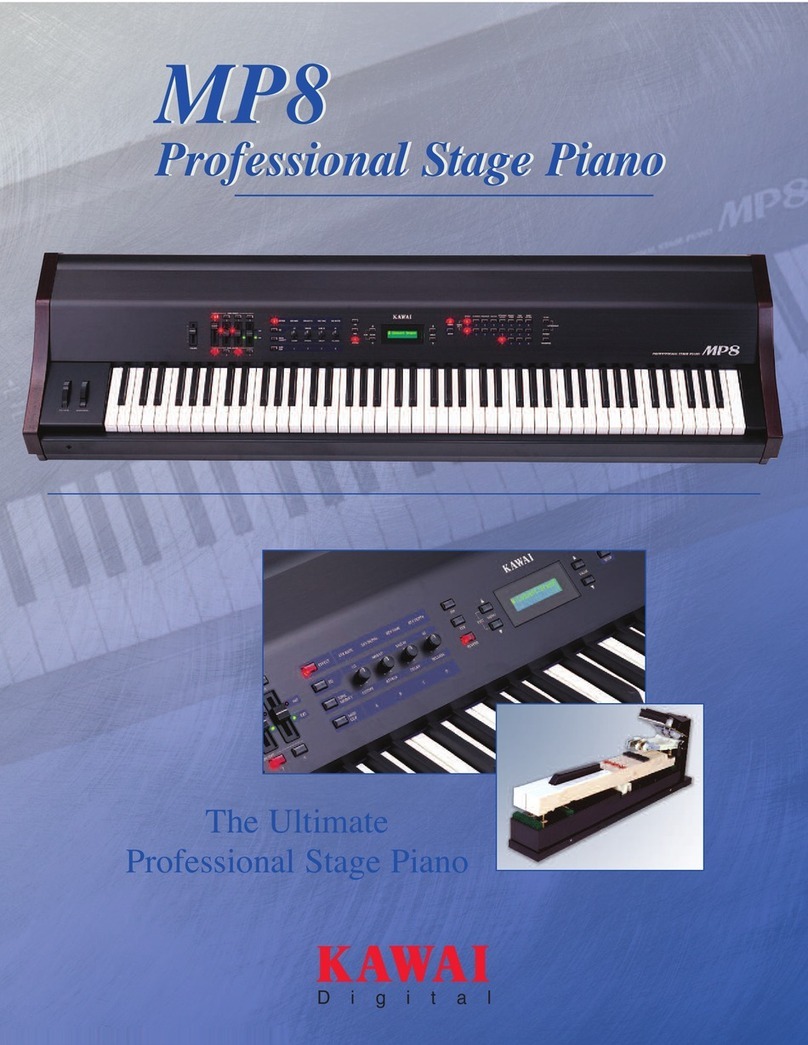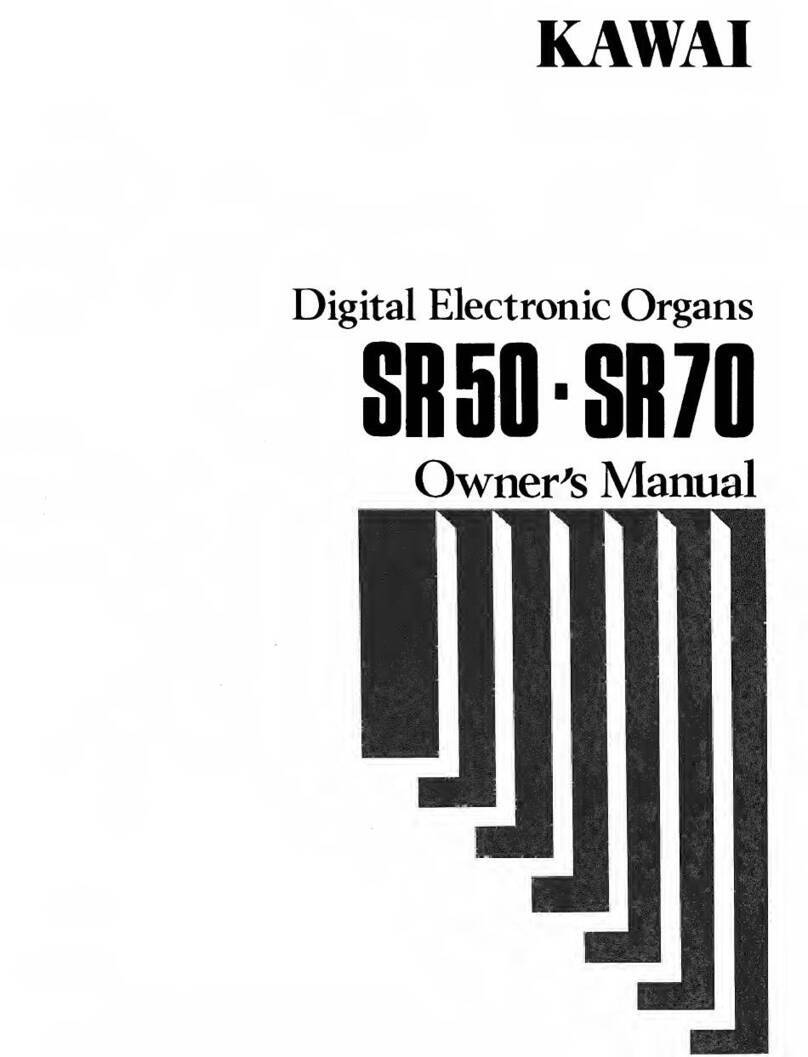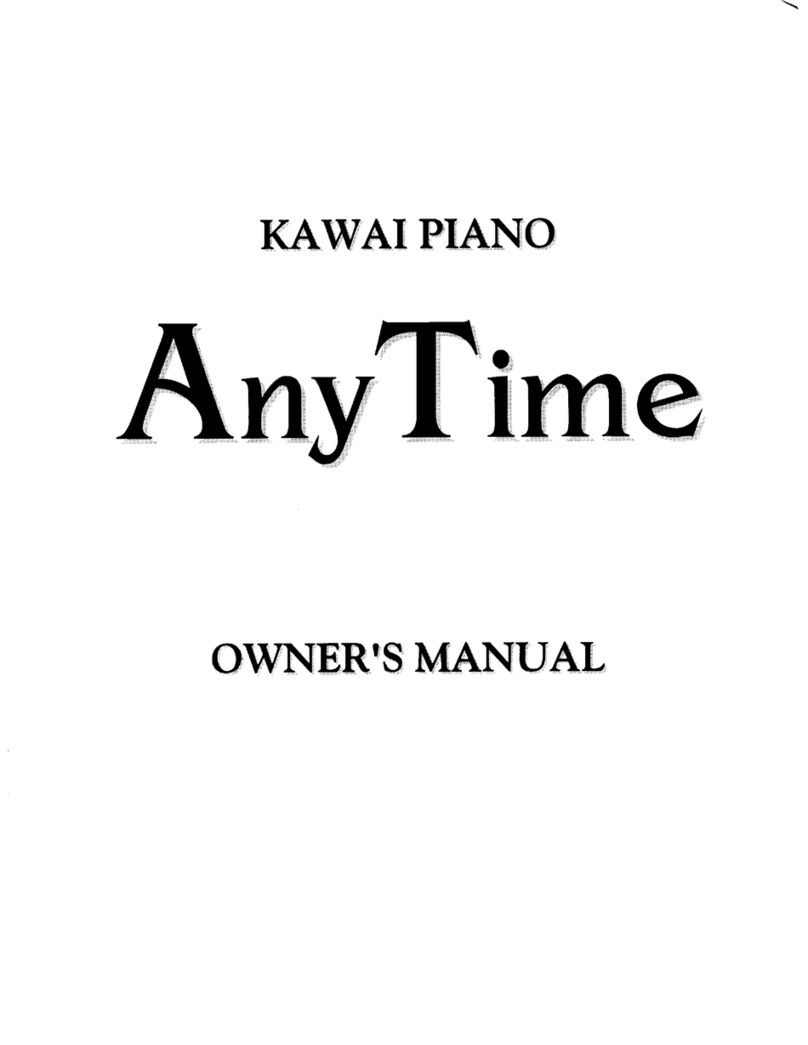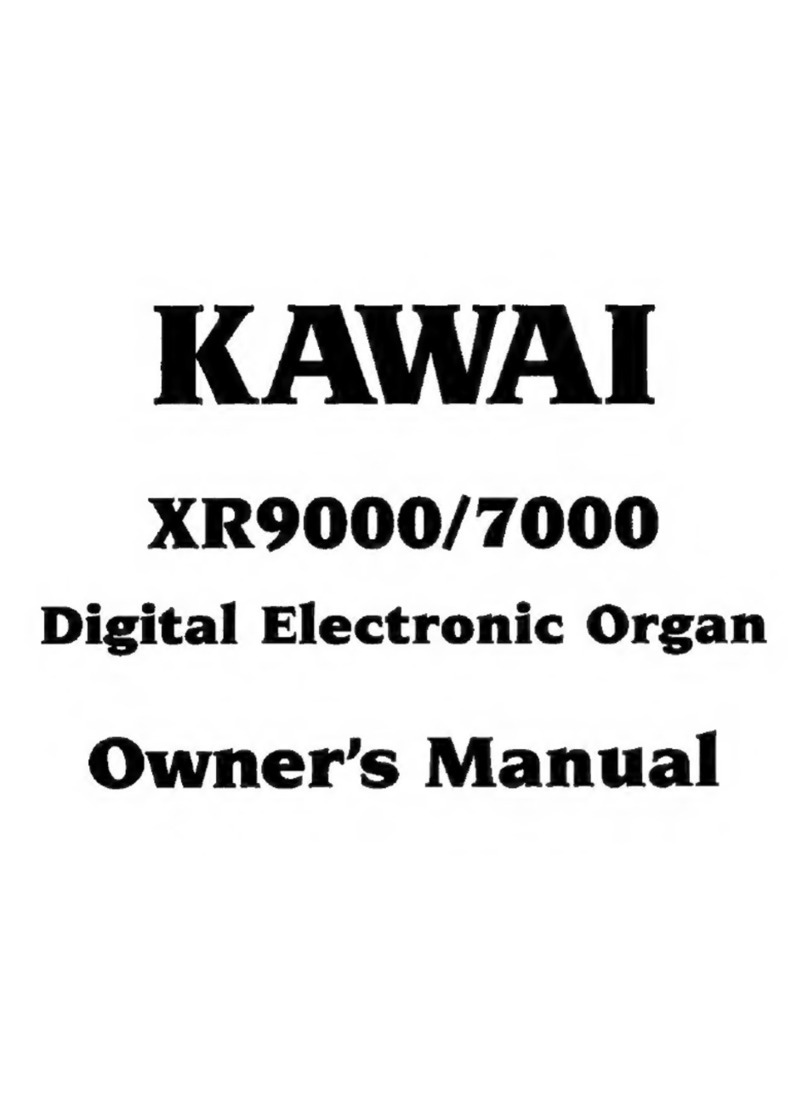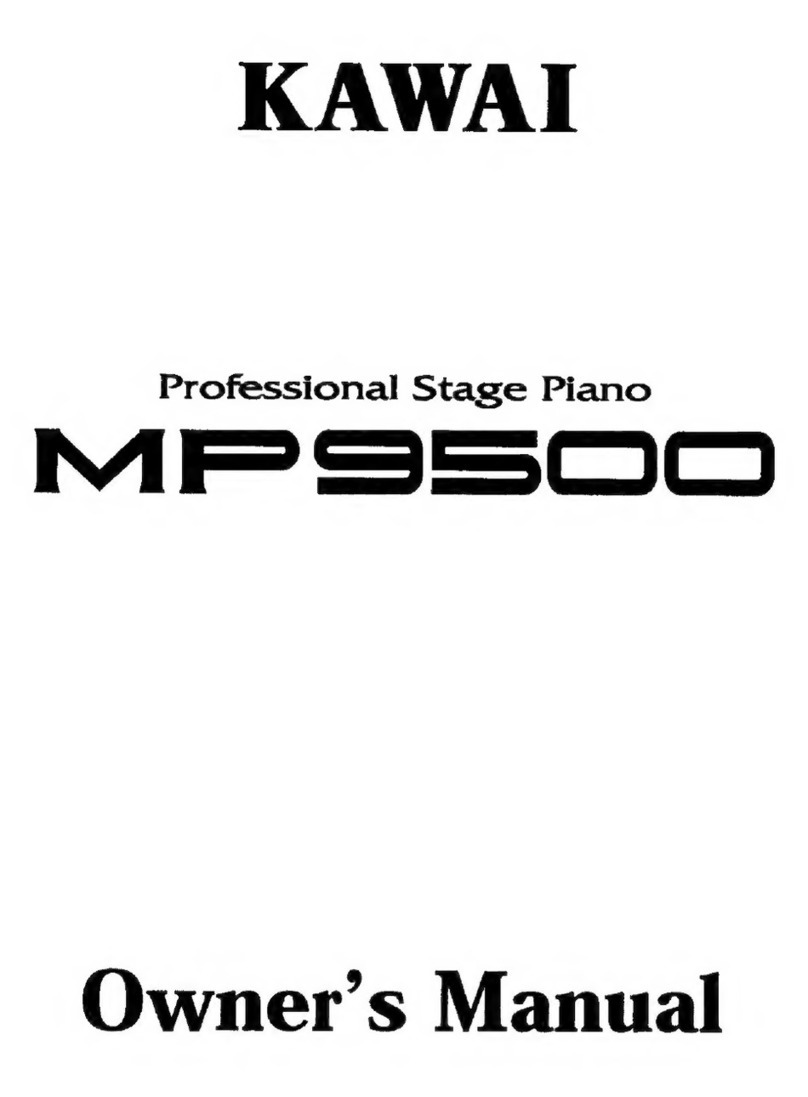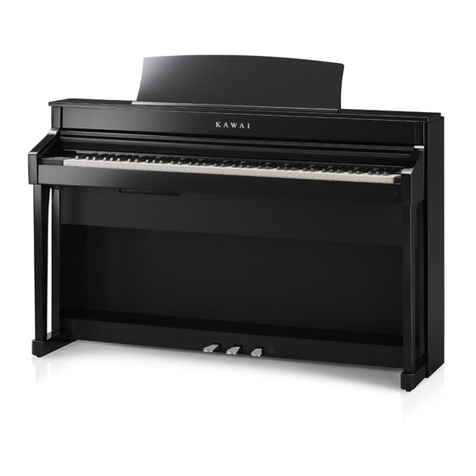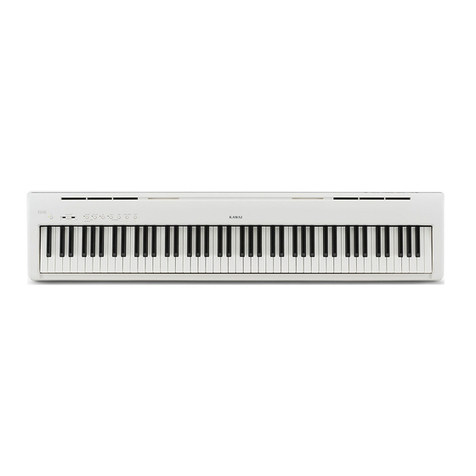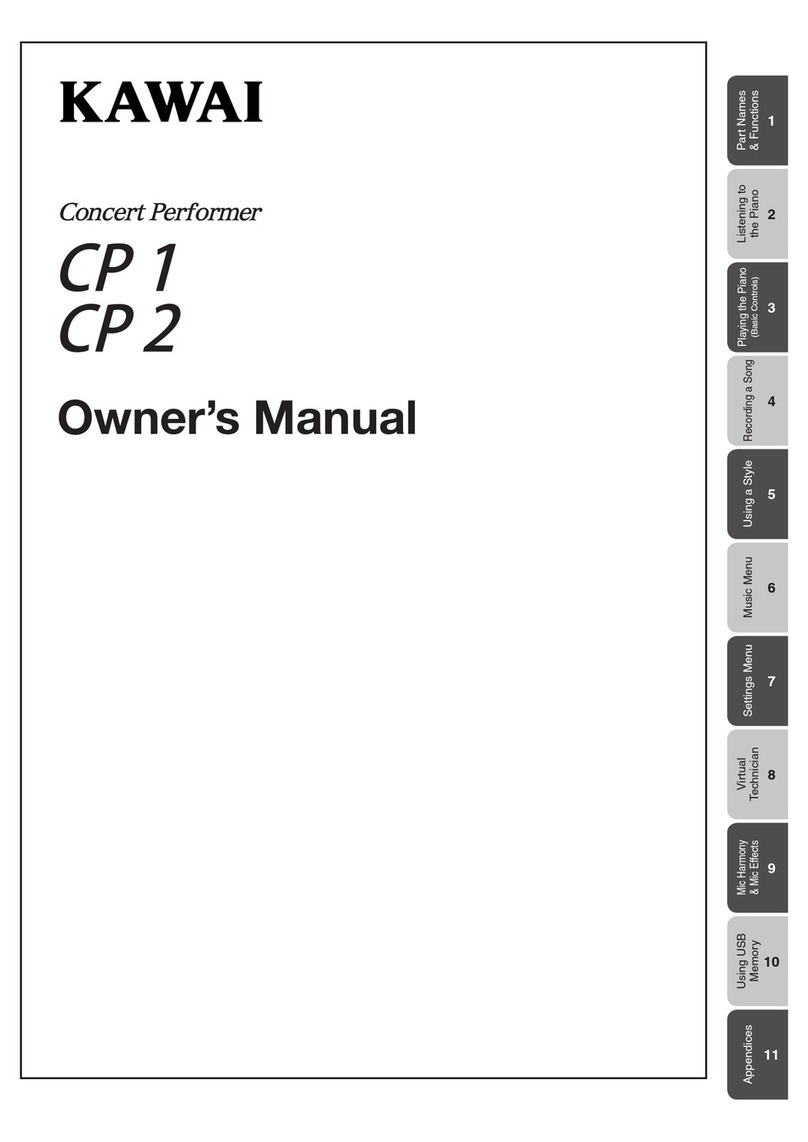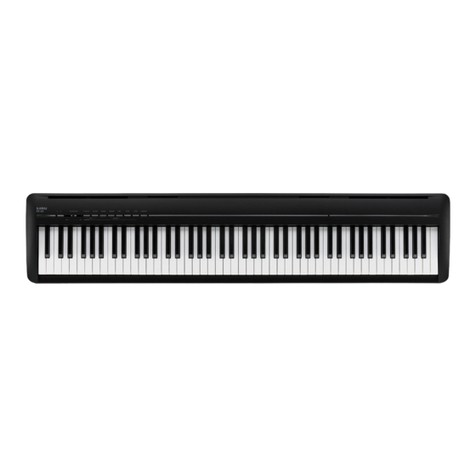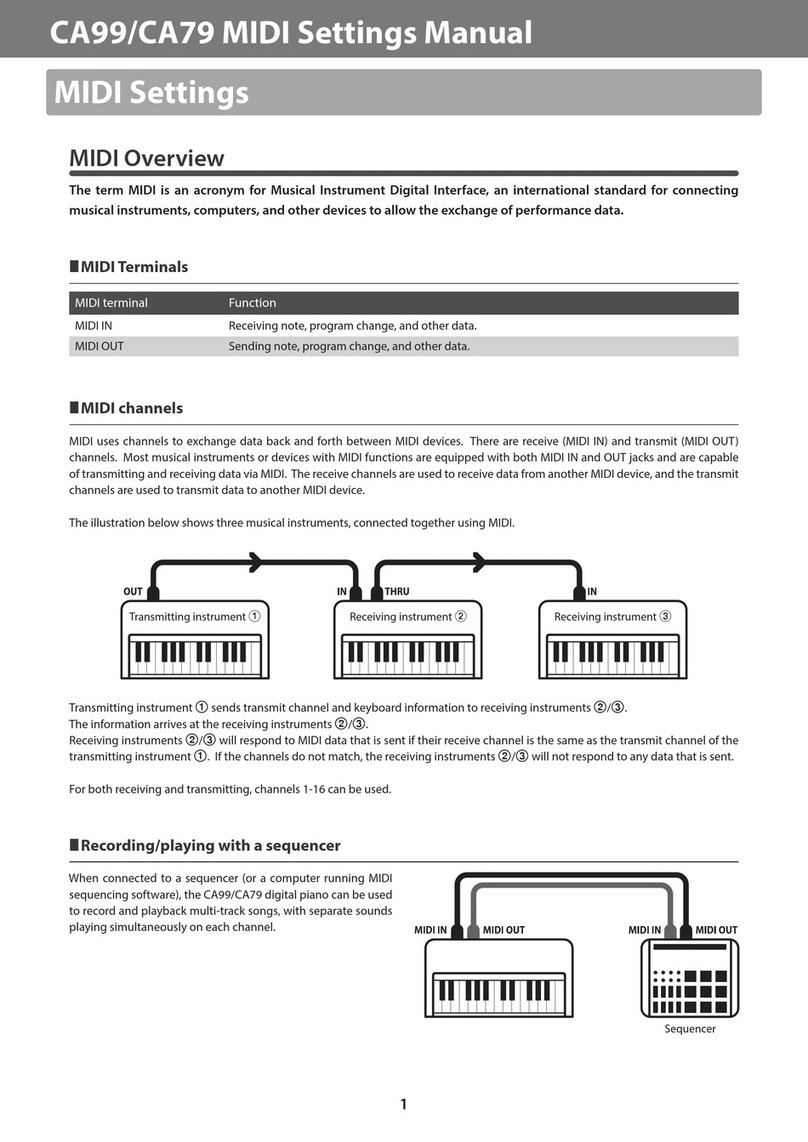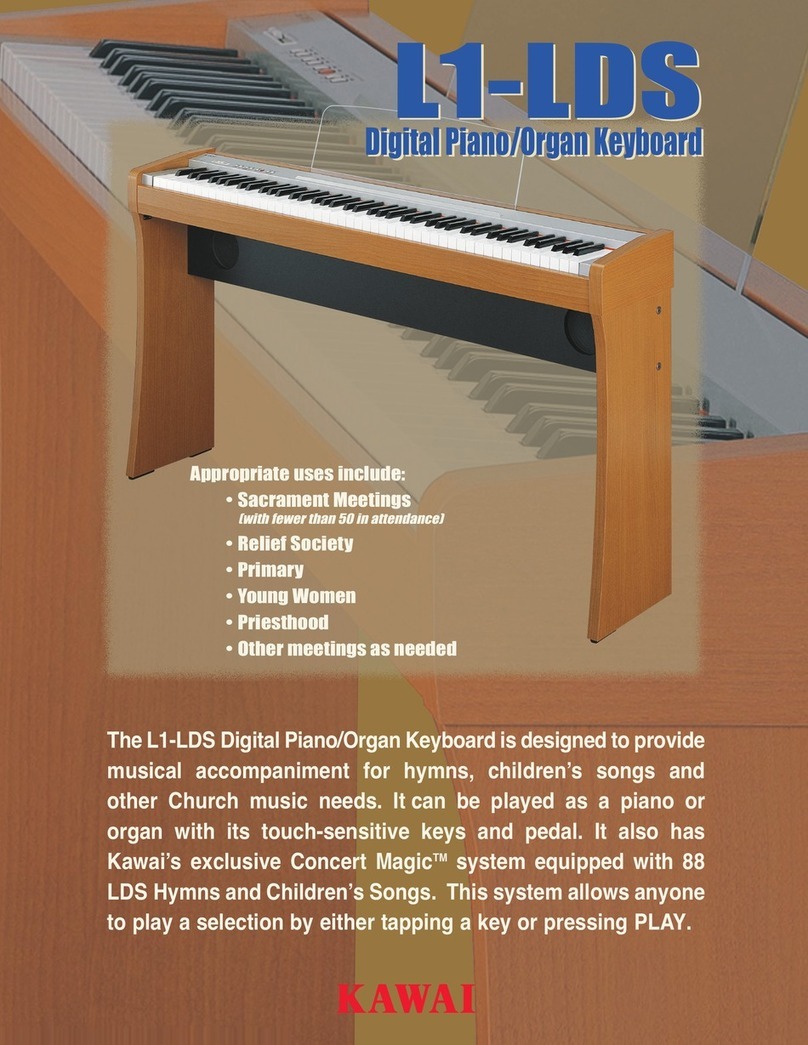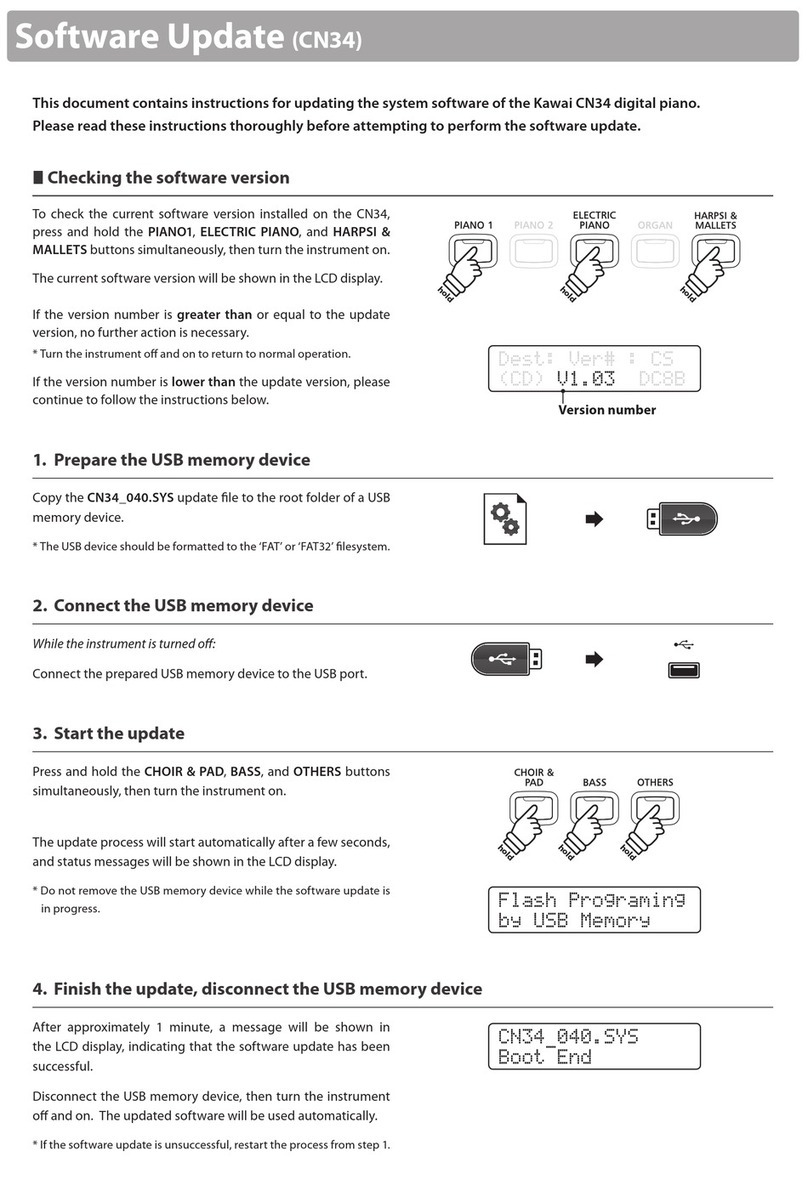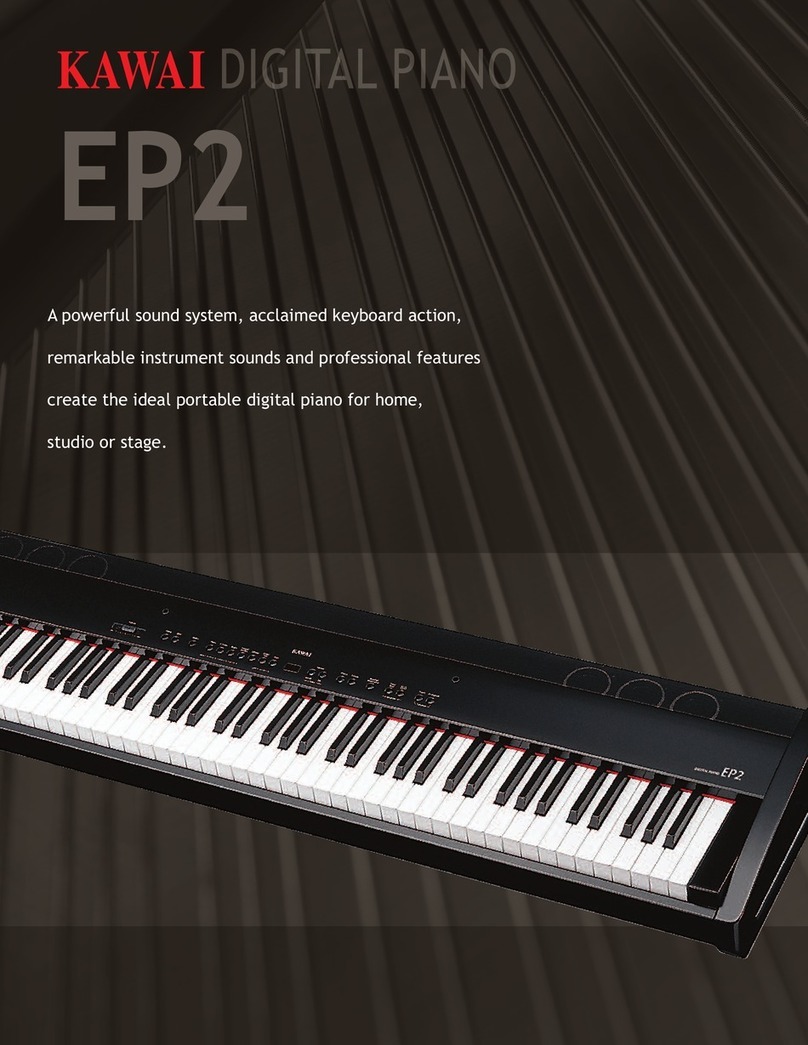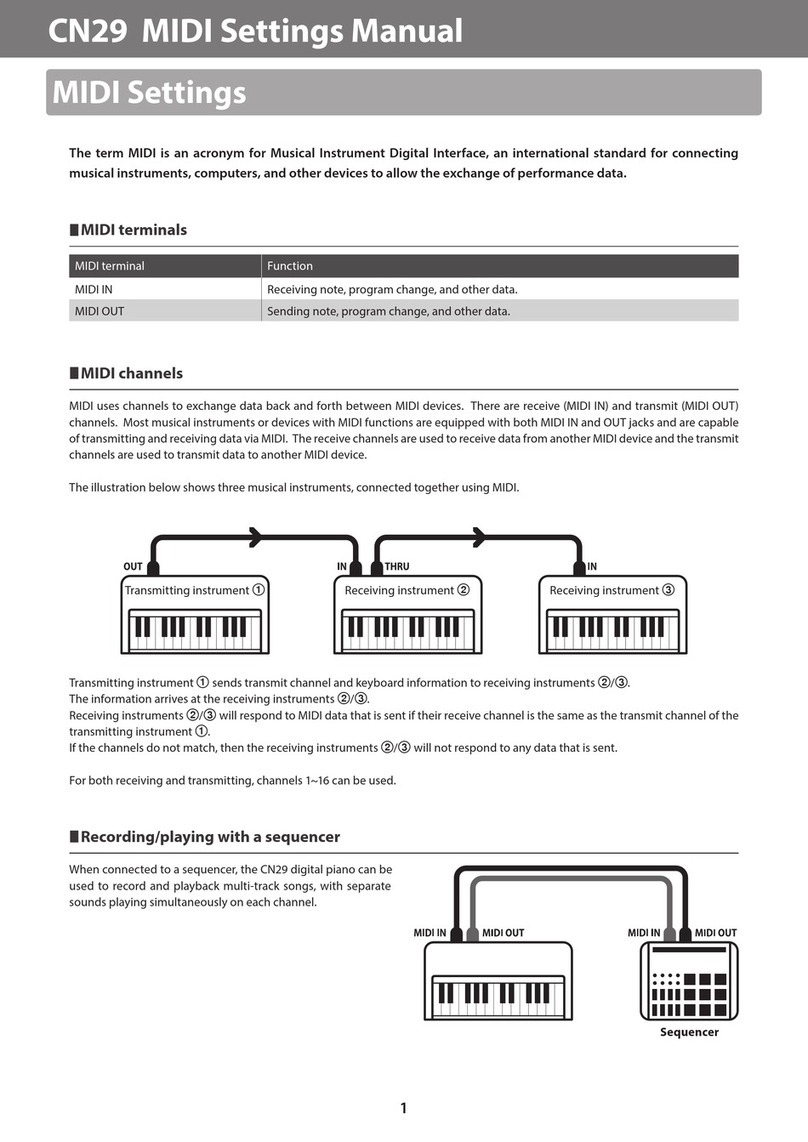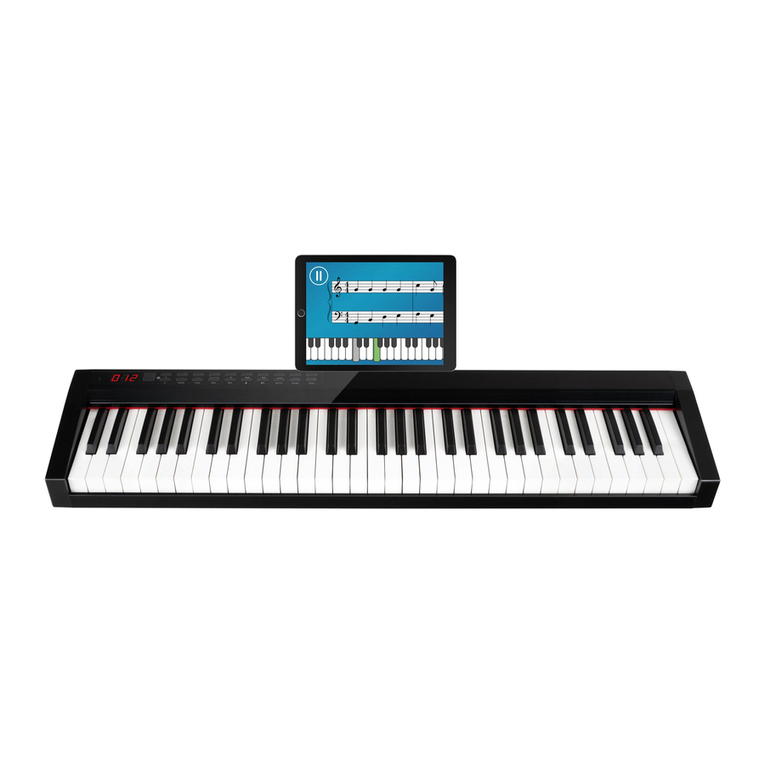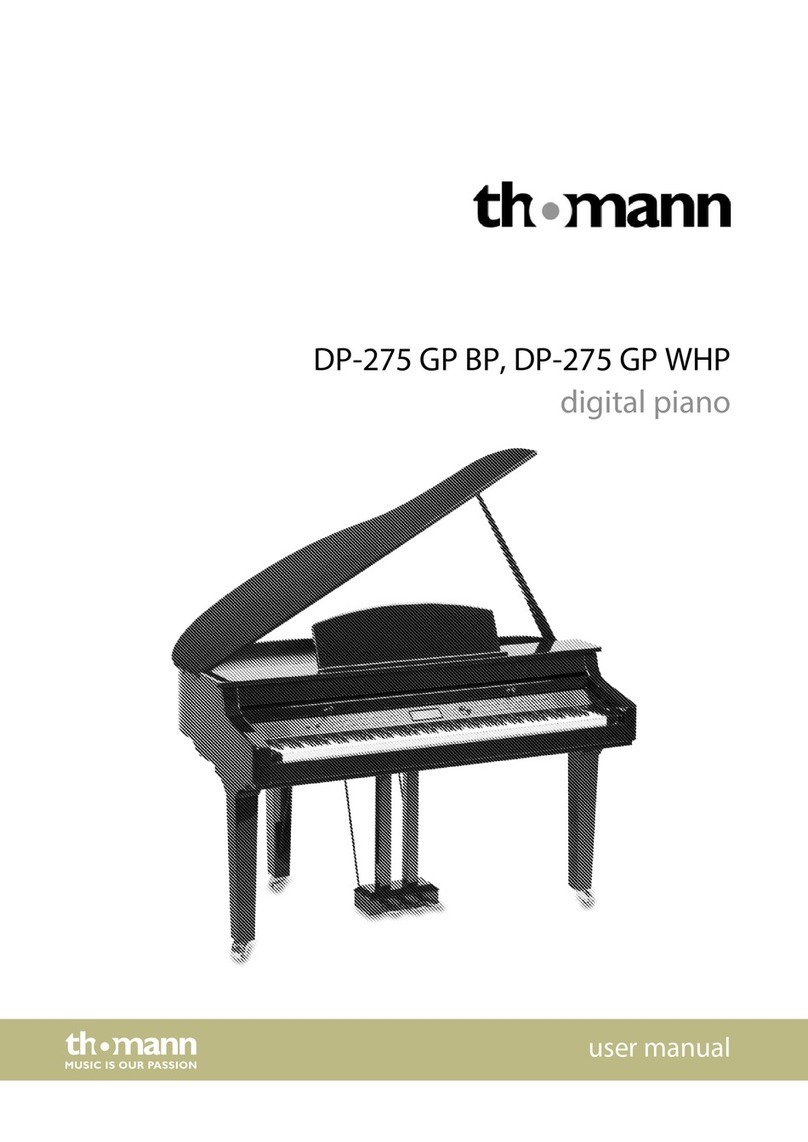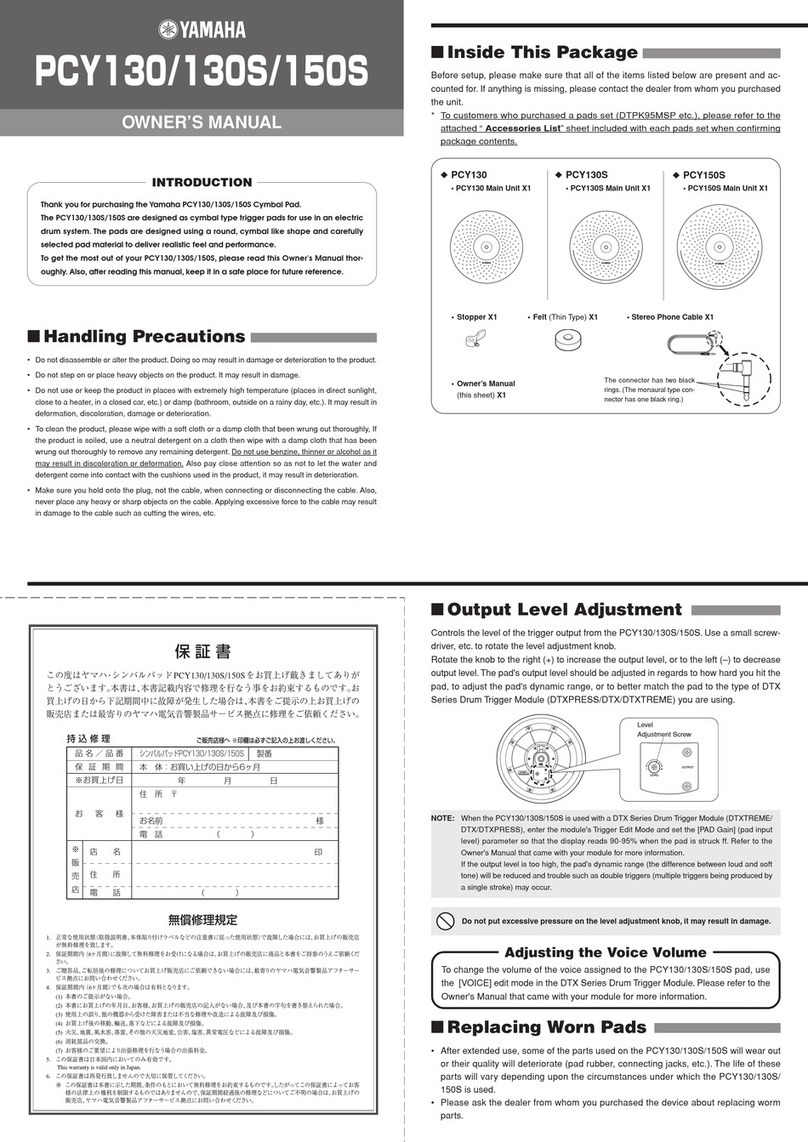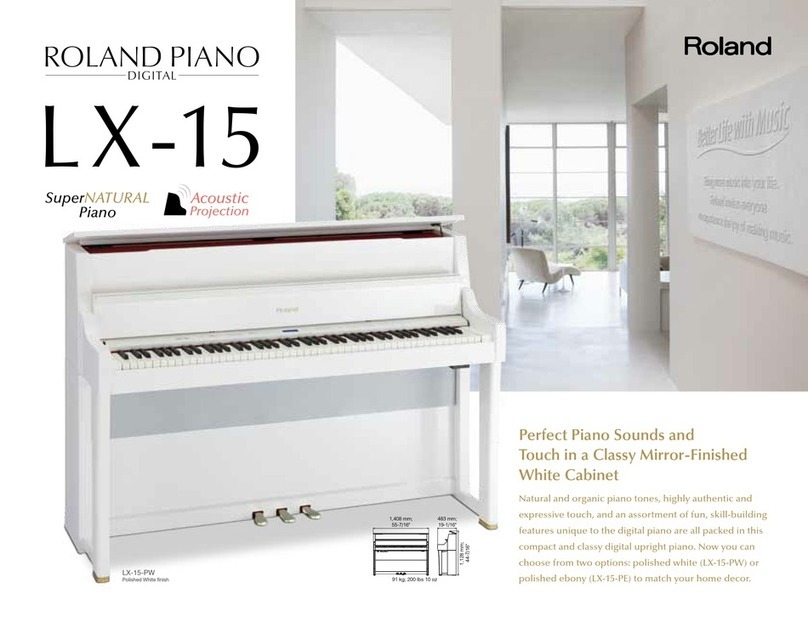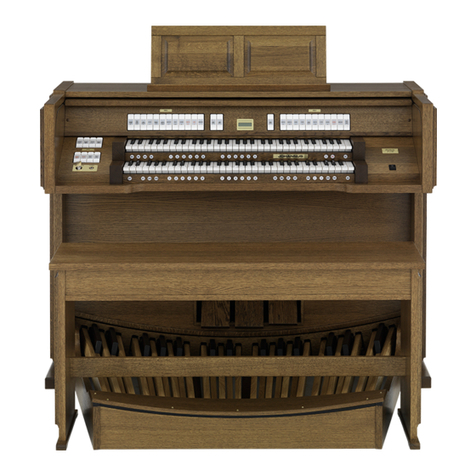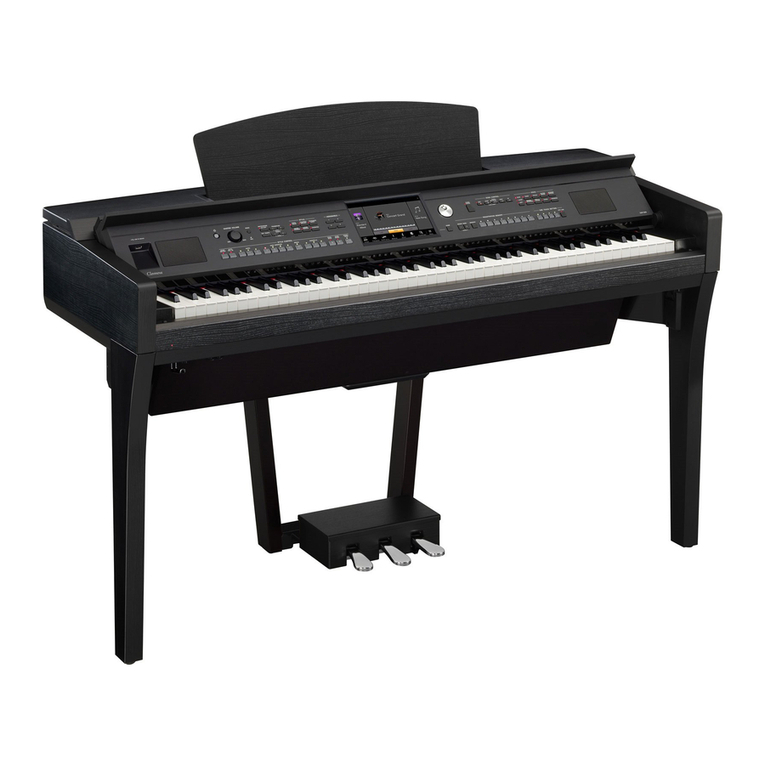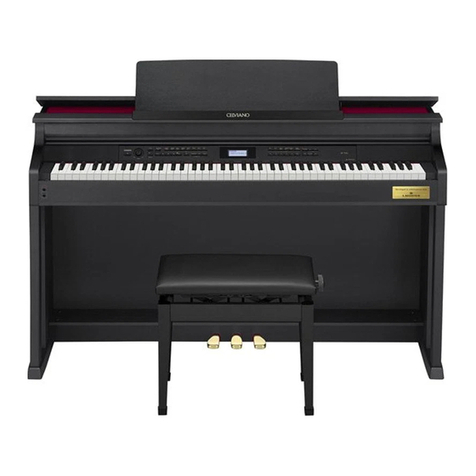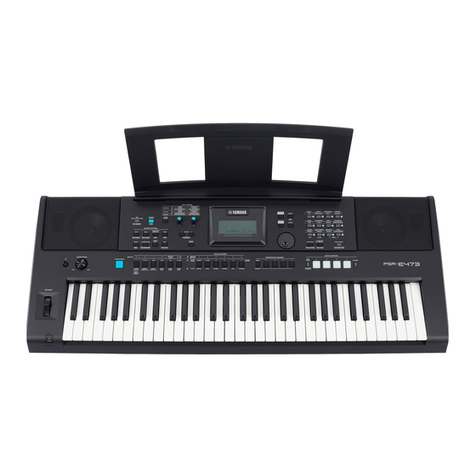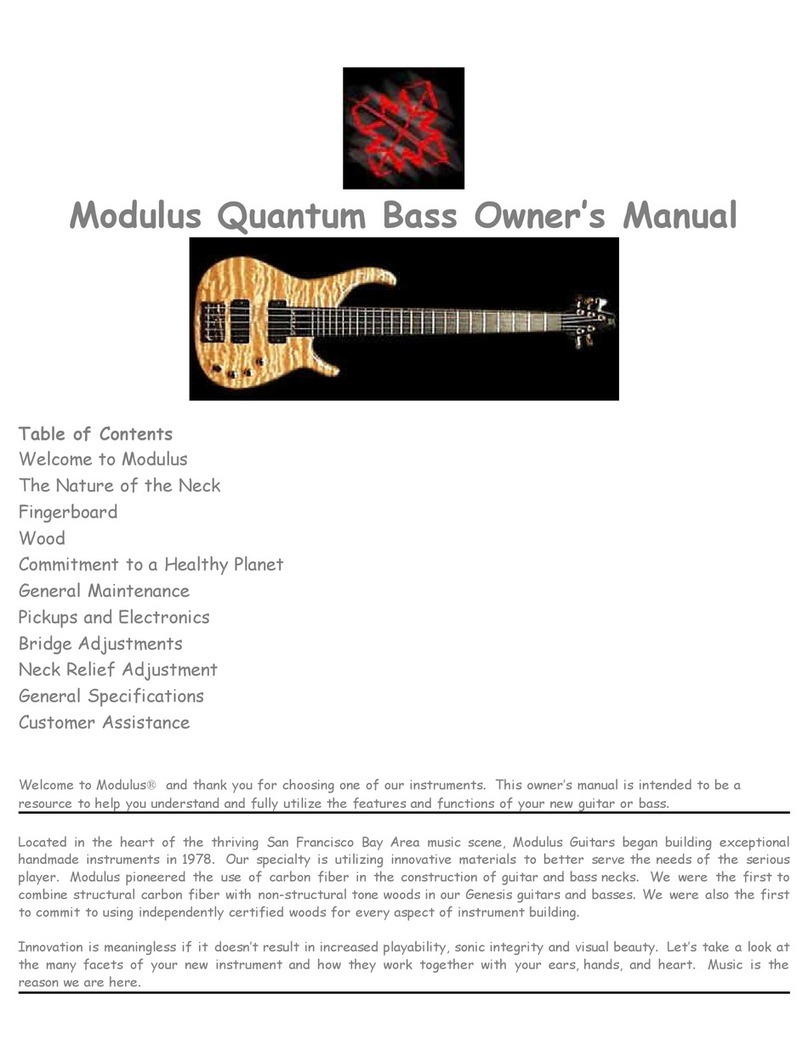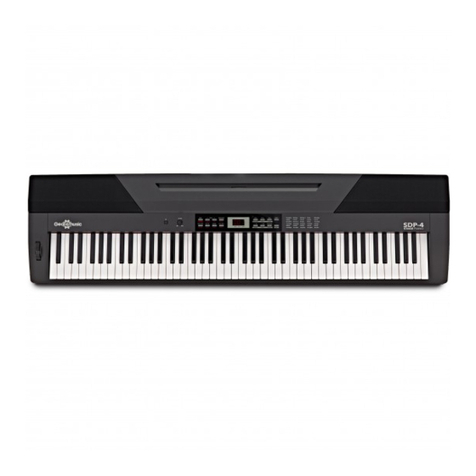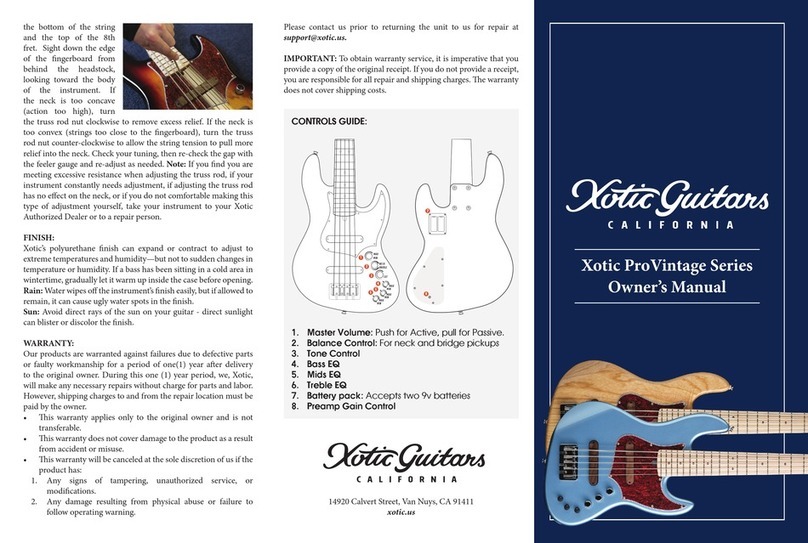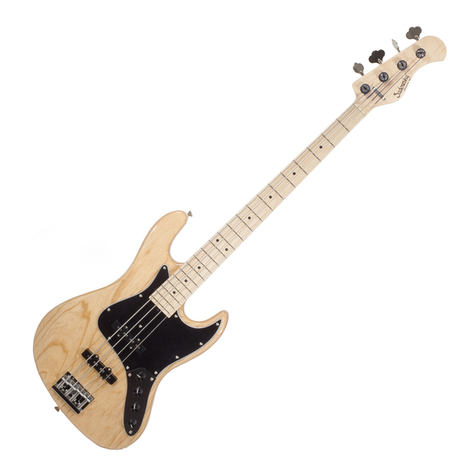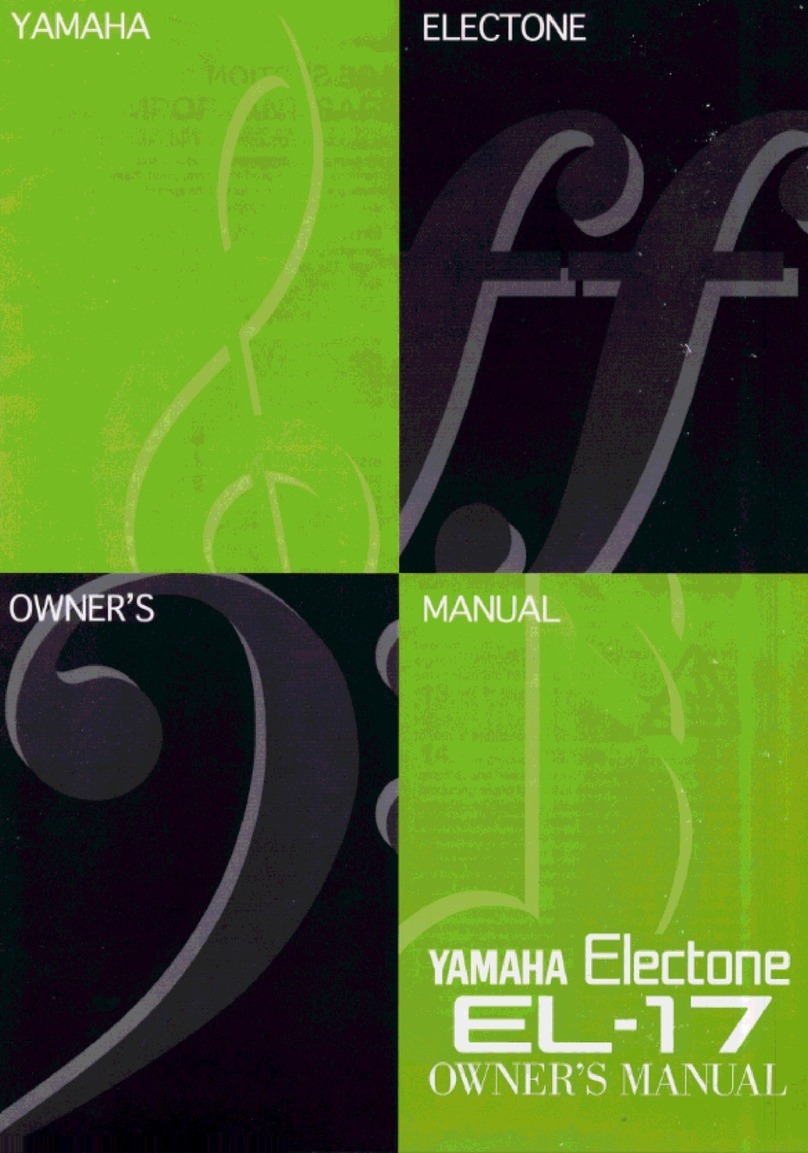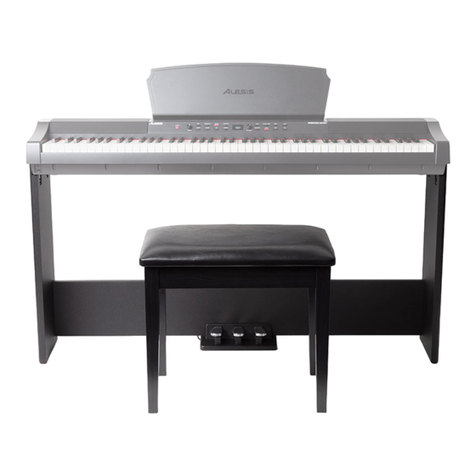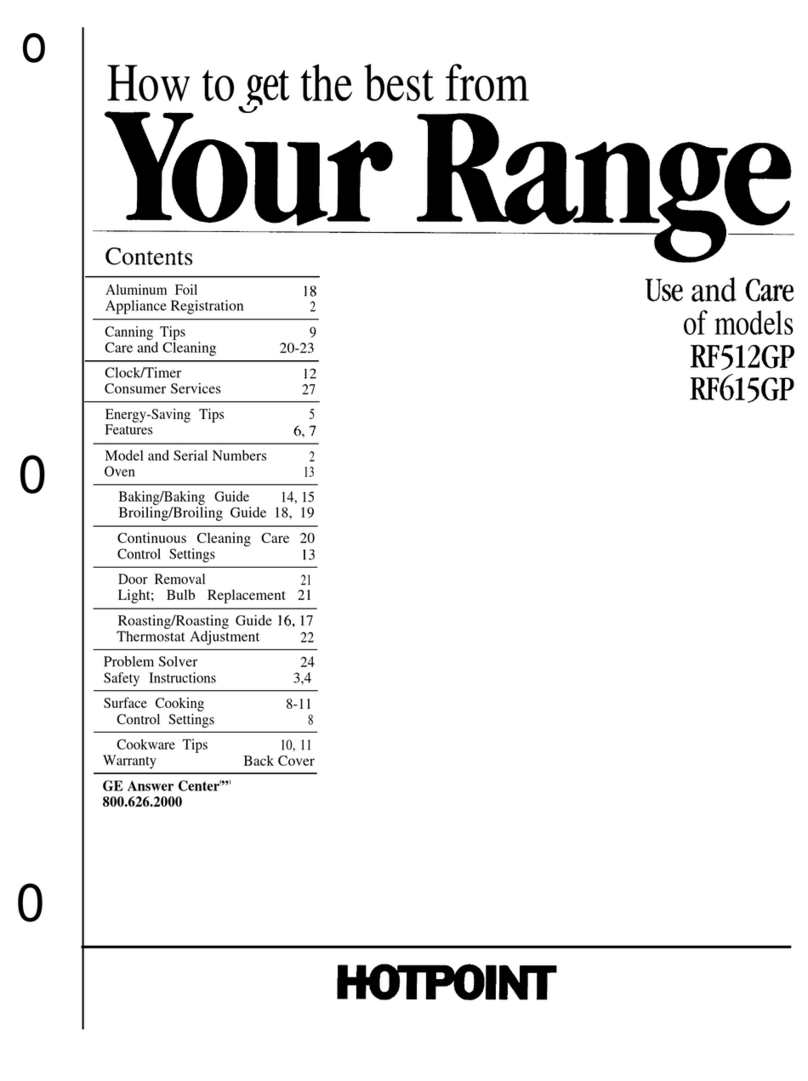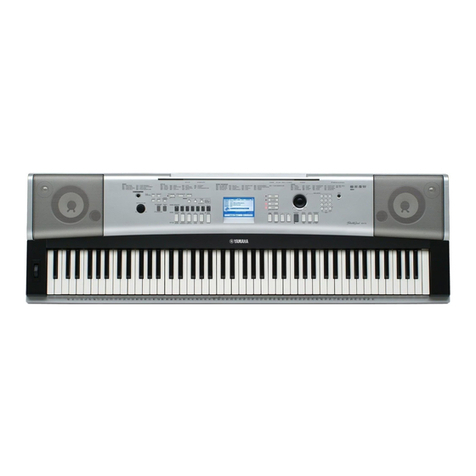
Thank
you
for
choosing
this
Kawai
PN70
Digital
Piano.
Your
new
PN70
is
a
high-quality
instrument
offering
the
very
latest
in
leading-edge
music
technology.
This
manual
contains
valuable
information
that
will
help
you
make
full
use
of
your
PN70’s
many
capabilities.
Please
read
it
carefully
and
keep
it
handy
for
further
reference.
TABLE
OF
CONTENTS
Page
Important
Safety
Instructions
©.
0.06
cassie
hs
tene
tema
3
Assembling
The
5їапа.......................................
4
Part
Names
хое
we
i
hah
Wie
Rina
d
biis
6
Getting
Started
1.
Basic
Орегапоп$....................................
8
2:
WEAMSPOSE:
«v
Dau
oes
cunt
ЫК
POVERI
M
En
Sa
ics:
9
3;
Jone
B'RESPONSET
ited
tees
diea
oae
o
pucr
txt
etr
an
d
9
4.
Demonstration
$опр$...............................
10
Programming
Mode
1.
Selecting
А
Touch
Type
.............................
11
22
LUIS
A
om
eeu
eh
tate
d
air
12
3.
MIDI
Channel
Select
........................5......
12
4.
Turning
Sending
Program
Number
On
And
Off...........
13
5.
Turning
Multitimbre
On
And
Off
......................
13
6.
Local
Control
On
And
Off
...........................
14
Кее
ERA
ara
14
MIDI-
d
daa
ks
s
bate
Sees
do
da
s
t
oo
Mo
e
UU
Sov
pel
aia
a
ads
15
SPECIFICATIONS
окы
i
eco
Sessions
etse
oA
Duce
ah
nay
fo
17
MIDI
IMPLEMENTATION
CHART...
18
